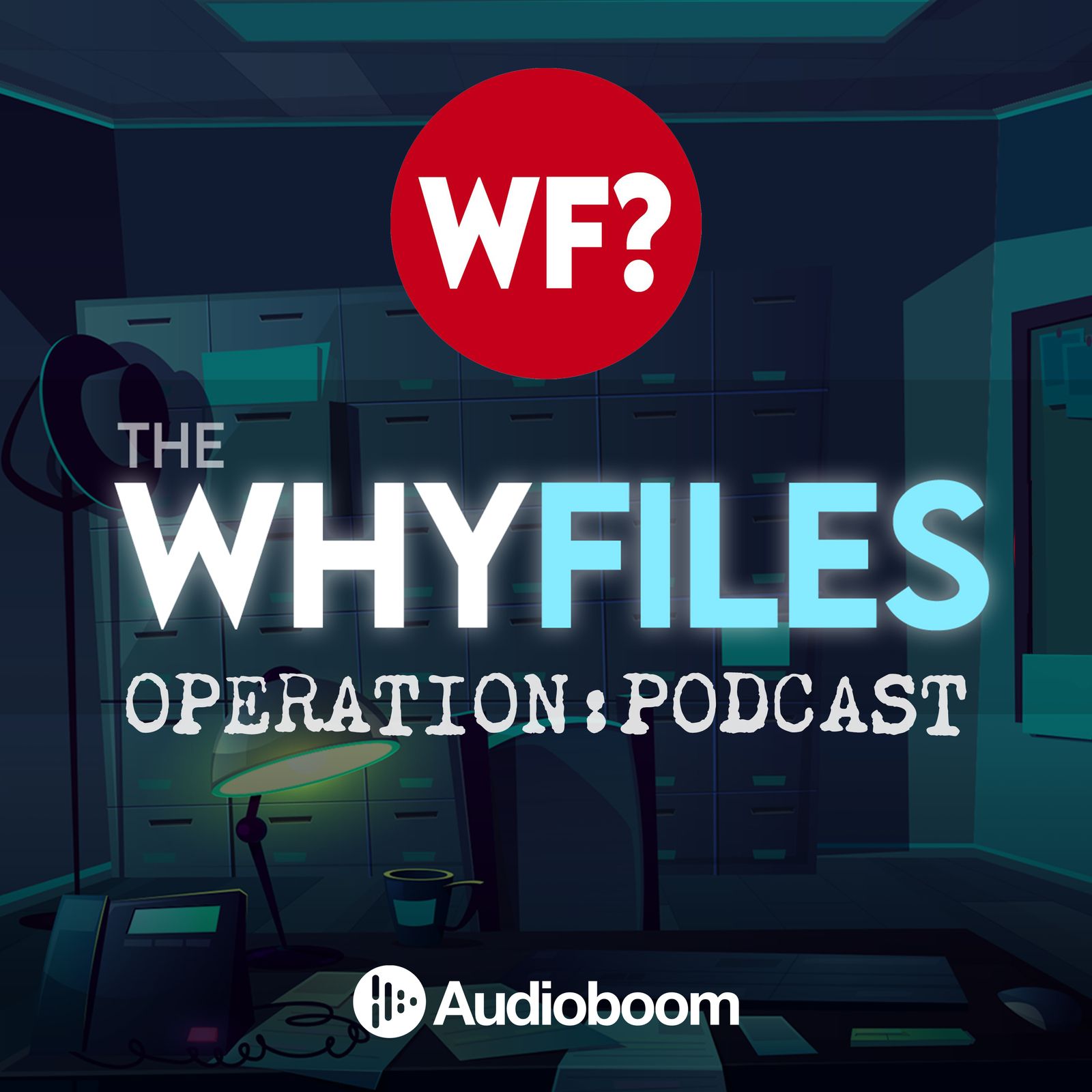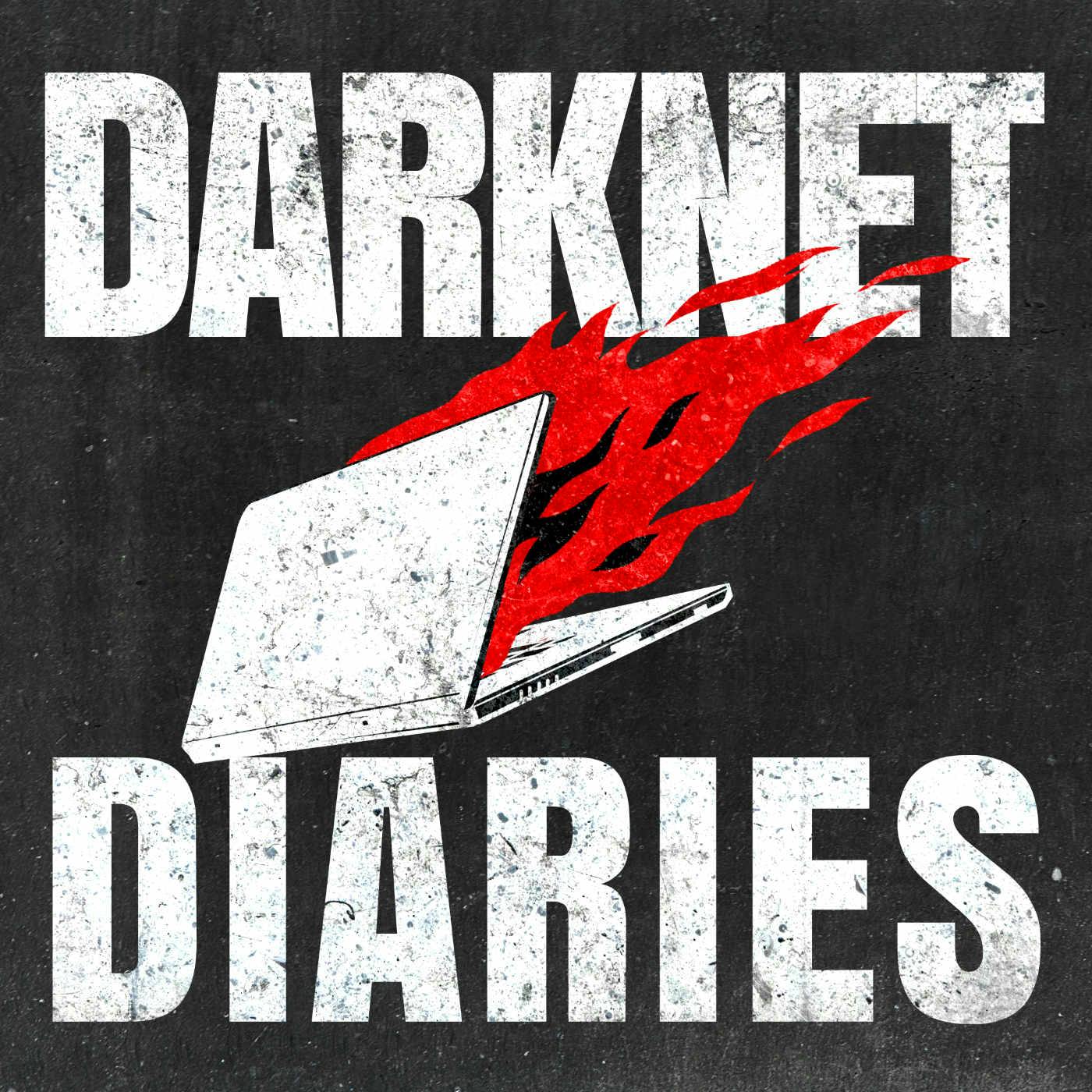
Fully Modulated
Fully Modulated is your backstage pass to the stories and signals that shaped radio, TV, and wireless communication. Join Tyler, a broadcast engineer, as he uncovers the wild moments, quirky legends, and technical breakthroughs that keep the world connected. From vintage radio hacks to the real drama behind today’s digital waves, each episode blends deep research, humor, and storytelling for anyone curious about how media magic happens. Independent, insightful, and made for every fan who loves a good broadcast mystery.
Fully Modulated
The Invisible Network That Could Save Your Life
Ready for a deep dive behind those jarring tones that interrupt your favorite radio show during emergencies? Let's explore how the Emergency Alert System actually works.
The EAS operates on a surprisingly elegant principle: a game of telephone played with broadcast equipment. Each station monitors several others in what engineers call a "daisy chain," creating a resilient web of information sharing. At the heart of this system sits the ENDEC (encoder-decoder), constantly listening for those distinctive tones affectionately known as "duck farts" in the industry. These digital bursts carry critical data—alert type, affected areas, and duration—that your local station's equipment must properly decode and rebroadcast.
What makes today's system fascinating is its hybrid nature. Traditional radio pathways now work alongside modern digital infrastructure through FEMA's Integrated Public Alert and Warning System (IPAWS). This dual-path architecture ensures warnings get through even if one system fails. The digital side uses Common Alerting Protocol (CAP), essentially XML for emergencies, allowing for rich content including maps and multilingual instructions that traditional radio alone couldn't deliver.
Despite all this automation, human engineers remain the unsung heroes of emergency alerting. They configure equipment, monitor logs, patch vulnerabilities, and ensure accurate timekeeping—even a few minutes' deviation can cause an ENDEC to reject valid alerts as expired. As one engineer powerfully noted, "We're not just maintaining gear, we're maintaining trust. When those EAS tones play, people listen." That responsibility drives the rigorous testing, redundant monitoring, and meticulous record-keeping that keeps this critical infrastructure running day after day.
Want to learn more about different EAS message types and hear stories from the field? Follow Fully Modulated, share with friends who appreciate broadcast technology, and consider supporting our work at fullymodulated.com.
Send me a text message with your thoughts, questions, or feedback
Visible Wireless by Verizon
Same Verizon coverage, way cheaper bills. No contracts or hidden fees. $20 off for both of us.
If you enjoyed the show, be sure to follow Fully Modulated and leave a rating and review on Apple Podcasts or your favorite podcast app—it really helps more people discover the show.
Fully Modulated is not affiliated with or endorsed by any station, media company, or network. All opinions are solely my own.
Hey, before we get rolling, if you're into this kind of behind the scenes stuff, take a second to follow Fully Modulated. Share it with a friend or a coworker who geeks out over signal paths and, if you're feeling generous, leave a review. It really helps more people find the show. This. This is Fully Modulated where signal meets podcast. I'm Tyler Woodward, a broadcast engineer, public media nerd and someone who has spent way too much time in transmitter shacks. Spent way too much time in transmitter shacks. I've been at this since 2014, and I currently hold a CB&T through the Society of Broadcast Engineers, which basically means I speak fluent, broadcast signal and broadcast networking I guess something like that.
Speaker 1:If you've been following along, we've talked about what the emergency alert system is and where it came from, but today we're going under the hood. How does this thing actually work? What's the tech backbone that lets an alert from FEMA end up on your local FM radio station in seconds? Turns out it's a mix of old school radio tricks and modern IP tech, all stitched together in a way that somehow still works. It's not always pretty, but it's effective. So let's continue on with our series here and get on into it. Let's talk about the daisy chain At its core.
Speaker 1:The emergency alert system works like an old-school game of telephone, except with actual radios and way more responsibility. It's what we call a daisy chain. Each station monitors a few others and when one upstream station sends out an alert, the others pick it up, decode it and pass it along, kind of like a relay race for warnings. The hardware that makes all of this happen is called an INDEC, which is short for encoder and decoder. Think of it as the brain of your EAS setup. It's constantly listening for certain sources, usually a couple of radio stations or maybe a satellite feed. When it hears a legit alert, it jumps in, interrupts programming and plays it out. These boxes are smart too. You can set filters so they only air certain types of alerts or require manual approval for others. What makes this setup powerful is its built-in redundancy. If one station drops the ball, another one can jump in and carry the alert forward. That's why stations take their monitoring equipment so seriously. It's not just about the listeners, it's about being a reliable source and part of a bigger chain.
Speaker 1:The header matters. Every alert starts the same way Three sharp bursts of digital tones. We call those in the industry duck farts. Those tones carry a lot of information who sent the alert, what kind of alert? It is like a tornado, an amber alert, severe thunderstorm warning, what areas are affected using FIPS codes and how long it should stay active. Your INDEC hears those tones and checks the info against your station's filter settings. If it's a match, it airs the alert. If not, it stays silent. After the tones there's usually a voice message and then what we call an eom end of message tone that tells everything to go back to normal. But this process is picky. If those those tones are distorted, out of order or missing entirely, the alert might never go through. That's why engineers test their audio chains regularly to make sure the tones are clean, clear and ready to go.
Speaker 1:Let's talk a few numbers. Let's talk a few numbers. According to the FCC, there are over 77 primary entry point stations, or pep stations, across the US. These are the big boys. They're built to survive disasters, have backup power and get alerts straight from FEMA via satellite. Local stations get tested every month and then there's a national test once a year. Those big tests go out through IPAWS and the PEP stations at the same time. Engineers check the logs, timestamps and signal paths to make sure everything worked as expected and if something didn't, you better believe there's a lot of paperwork. In fact, in 2022, 17 stations got slapped with fines because they didn't handle the national test properly. So yeah, eas, it's serious business. So how does that alert actually make it on air? Let's follow it from the government servers to your local dial.
Speaker 1:Now let's talk about the digital path. Today, most alerts start at FEMA Using a system called IPAWS, which stands for the Integrated Public Alert and Warning System. Emergency managers log in, fill out a form and send it out to all sorts of systems radio, television, mobile phones and even billboards and apps. Ipause uses something called CAP, the Common Alerting Protocol. It's basically XML for emergencies, for emergencies. Cap lets alerts carry not just text, but maps, images, even video or multilingual instructions Super helpful, especially in diverse or multilingual communities.
Speaker 1:Broadcasters set up their index to pull FEMA servers every few seconds for new CAP messages. If something relevant pops up, it pulls it in, checks the filters and airs it, just like with the over-the-air alerts. And, of course, more is better than less. Two paths are always better than one. Here's where it gets really cool. Here's where it gets really cool.
Speaker 1:Alerts can come in either via IP, from the internet or over the air from another radio station. Whichever gets to the end deck first wins. This dual path setup means even if your internet dies during a storm, you've still got the radio chain, and if your RF gear fails, the internet still has your back. Companies like Digital Alert Systems and Sage make index that handle both paths simultaneously. It's like having a belt and suspenders for your emergency alerts. For your emergency alerts.
Speaker 1:Let's talk about a little more of the stats. Cap became mandatory for EAS equipment back in 2012, and now over 1,400 public safety agencies can send CAP alerts. Ipause isn't just for broadcasters anymore. It also feeds alerts to cell carriers anymore. It also feeds alerts to cell carriers, signage systems and even yes a few streaming platforms. But here's the thing EAS is still the most reliable system for reaching people without mobile phones or even internet access, especially in the remote areas. During a national test, fema sends alerts through both paths so engineers can compare results. It's basically a big nationwide A-B test and it helps find any weak links in the chain.
Speaker 2:This is a test of the National Emergency Alert System. This system was developed by broadcast and cable operators in voluntary cooperation with the Federal Emergency Management Agency, the Federal Communications Commission and local authorities to keep you informed in the event of an emergency. If this had been an actual emergency, an official message would have followed the tone alert you heard at the start of this message no action is required learning something new, tap that follow button and if you know someone who loves broadcast tech or emergency alert systems, send this their way.
Speaker 1:Ratings and reviews also go a long way in helping more folks find the show. Let's talk about the human in the loop. Despite all the automation, humans still play a huge role in keeping EAS reliable. Engineers have to set up the filters, check the logs, patch the firmware. It's not just plug and play. Even small things like your device's internal clock can mess things up. If the time is off, even by a few minutes, your NDEK might think an alert is expired and ignore it. That's why most engineers sync their devices up to an NTP time server and often have a backup time source on site. We also test alerts regularly, simulate failures and monitor more than just the required number of sources and those dry old EAS logs that are collecting dust in your cabinet. The FCC says you've got to keep them for at least two years. They're your proof that alerts went out like they were supposed to. Your proof that alerts went out like they were supposed to. Now let's talk about staying compliant.
Speaker 1:Every broadcaster files an annual Form 1 through the ETRS system and participates in national tests. The 2021 tests showed that over 92% of stations relayed the alerts correctly. Most failures came from outdated firmware or monitoring the wrong sources. Keeping gear up to date matters not just for performance, but for security. Firmware updates now often include patches for vulnerabilities that could be exploited to send fake alerts or spoof a message. And yes, things do go wrong. In 2022, the FCC warned that unpatched EAS gear could be hacked, and it has happened. Gear could be hacked, and it has happened. In 2018, someone broke into a station system and aired a bogus zombie apocalypse alert. Yeah, it happened. More commonly, errors happen due to bad filter settings. A 2020 NAB study found that 30% of test failures were just from mismatched FIPS codes or misconfigured filters.
Speaker 1:So even with automation, engineers have to stay sharp. A colleague of mine once said as engineers, we're not just maintaining the gear, we're maintaining trust. When those EAS tones play, people listen. That's a responsibility we can't take lightly. Unquote. Today, we took a peek under the hood.
Speaker 1:The emergency alert system isn't magic. It's a mix of legacy radio tech and modern IP tools, all stitched together by a lot of human effort and a little bit of redundancy. Next time, we'll get into the different types of EAS messages, because not all alerts are created equal, from amber alerts to civil danger warnings. We'll decode what each tone means and why, and if you've got a question or a cool EAS story from maybe your own station, hit the link in the show description and text it in. I'd love to hear from you and maybe in the future we can fit it into a upcoming episode. If you're digging the show, help us keep it going, follow, share and drop a review. You can also become a modulator and support the podcast for just a few bucks a month over at fullymodulatedcom. Every little bit helps us keep the signal strong.
Podcasts we love
Check out these other fine podcasts recommended by us, not an algorithm.

The Why Files: Operation Podcast
The Why Files: Operation Podcast
Sightings
REVERB | QCODE
This Week In Radio Tech (TWiRT)
guysfromqueens
The Ezra Klein Show
New York Times Opinion
Alive with Steve Burns
Lemonada Media
Friends Who Pretend
Chris Bryant
99% Invisible
Roman Mars
Hard Fork
The New York Times
Tetragrammaton with Rick Rubin
Rick Rubin
The 404 Media Podcast
404 Media
The Daily
The New York Times
Honestly with Bari Weiss
The Free Press
Search Engine
PJ Vogt
Pod Save America
Crooked Media
Danny Jones Podcast
Danny Jones | QCODE
Darknet Diaries
Jack Rhysider
Soul Boom
Rainn Wilson
